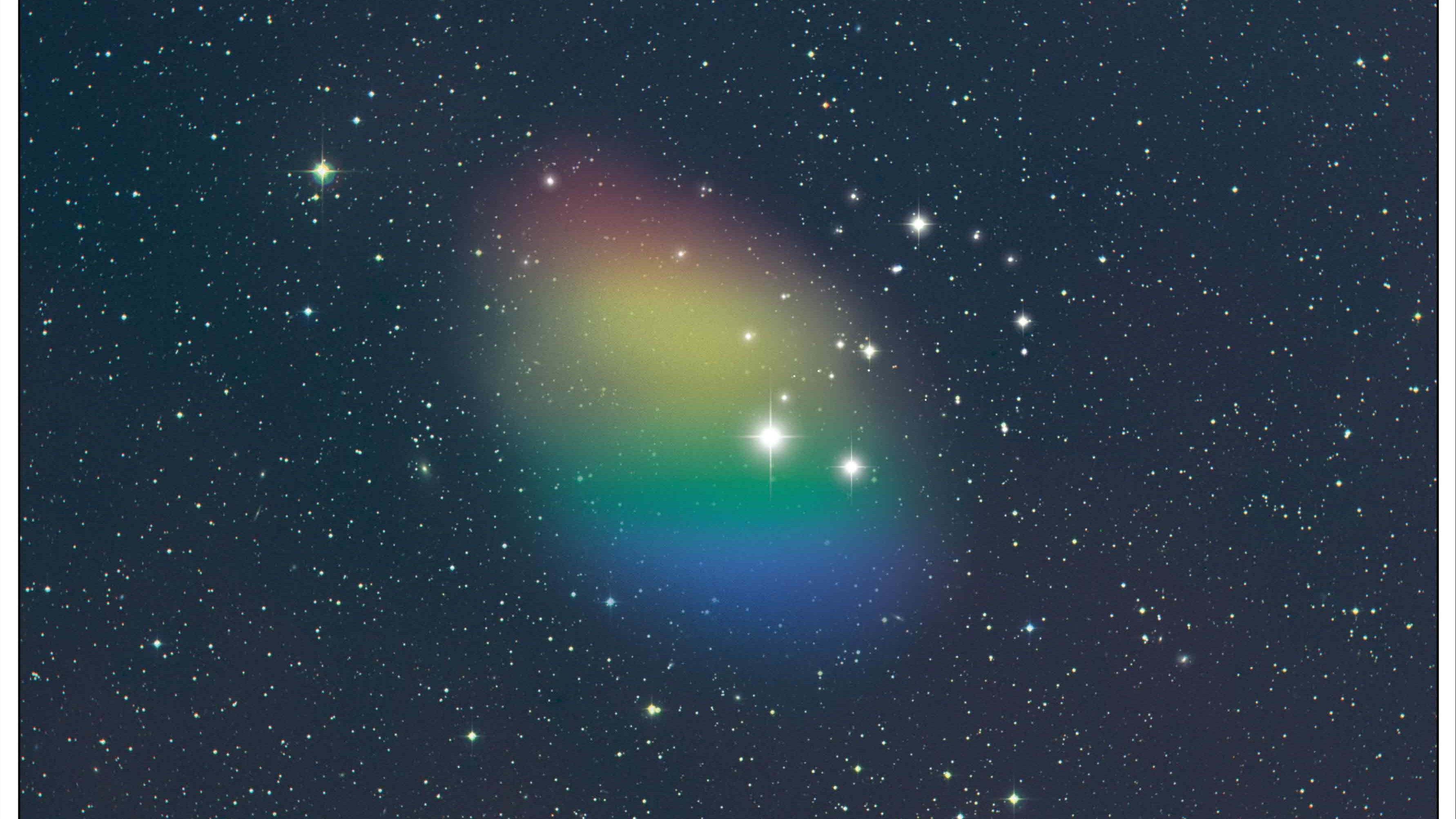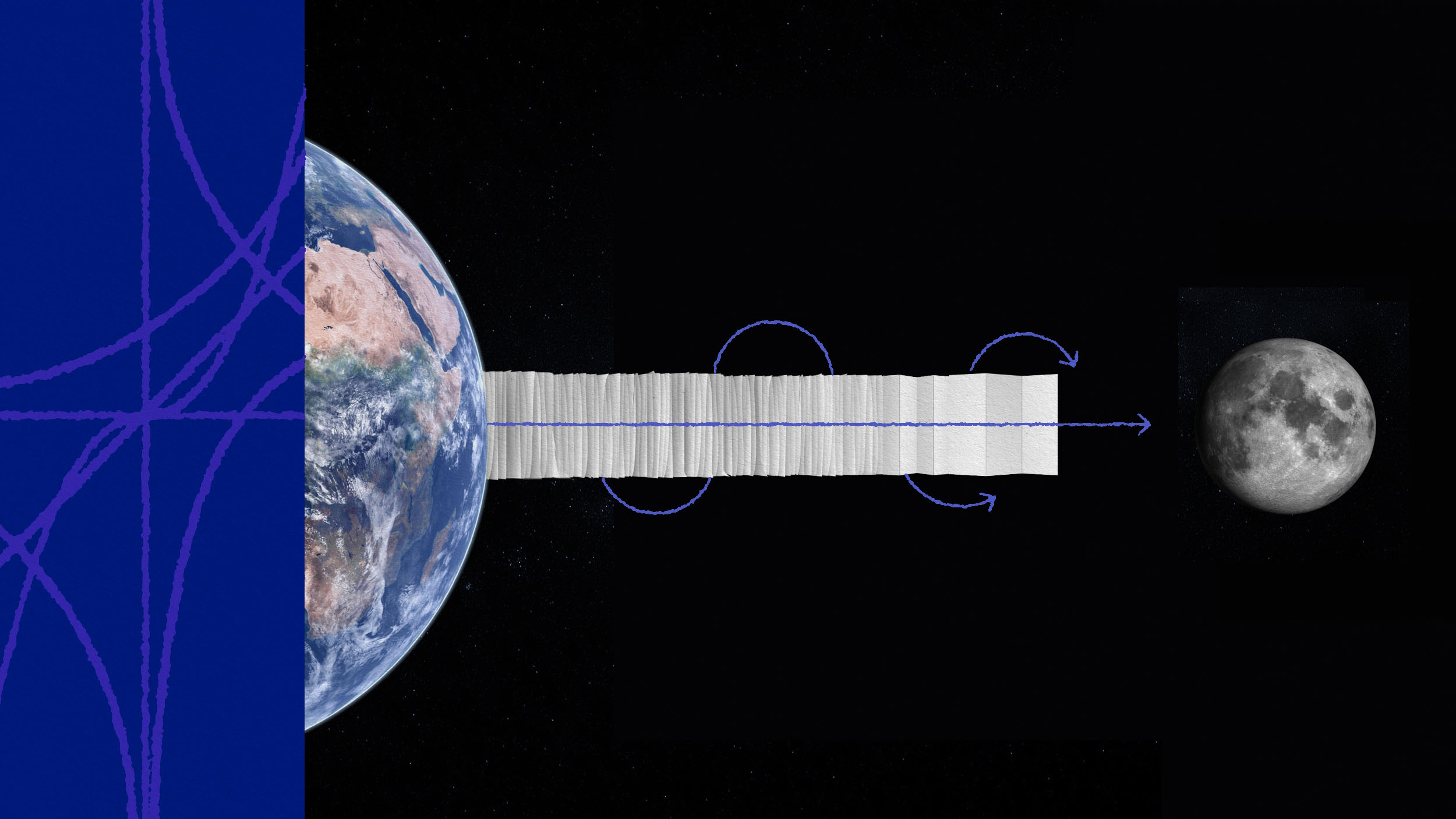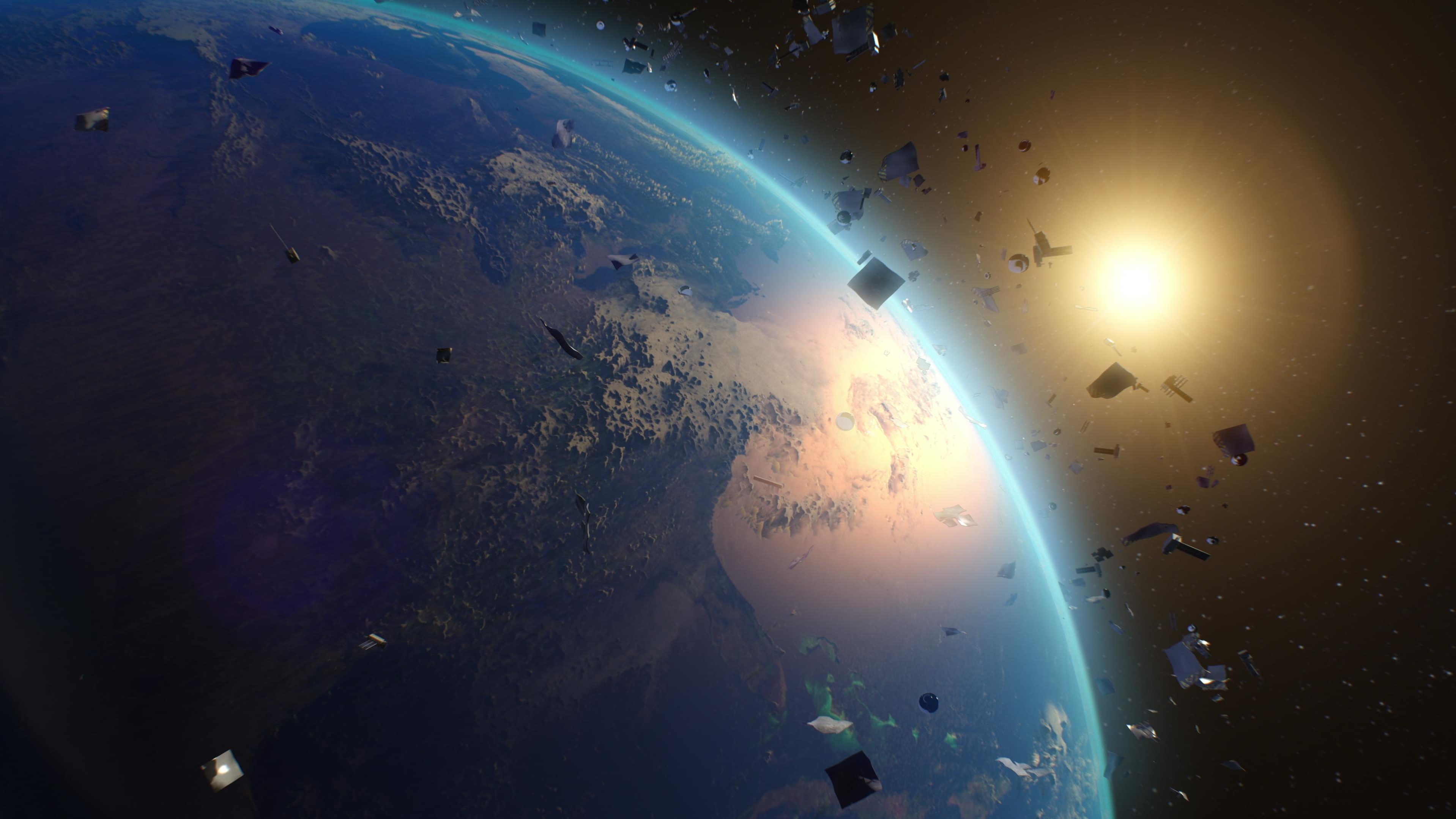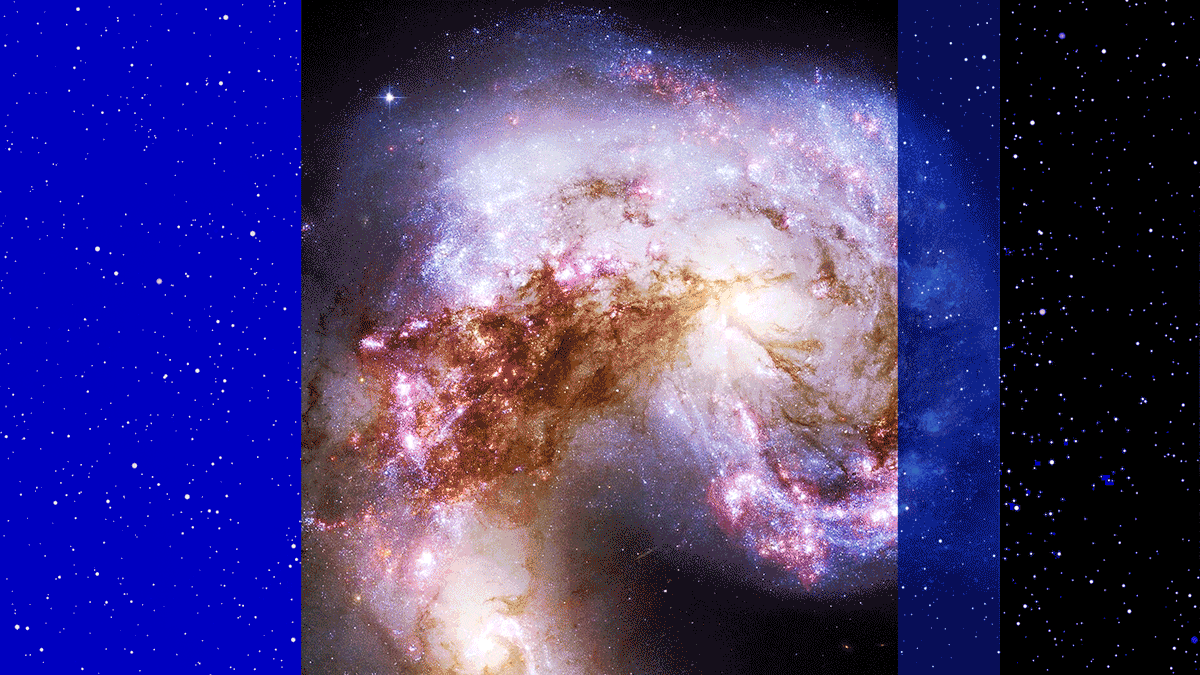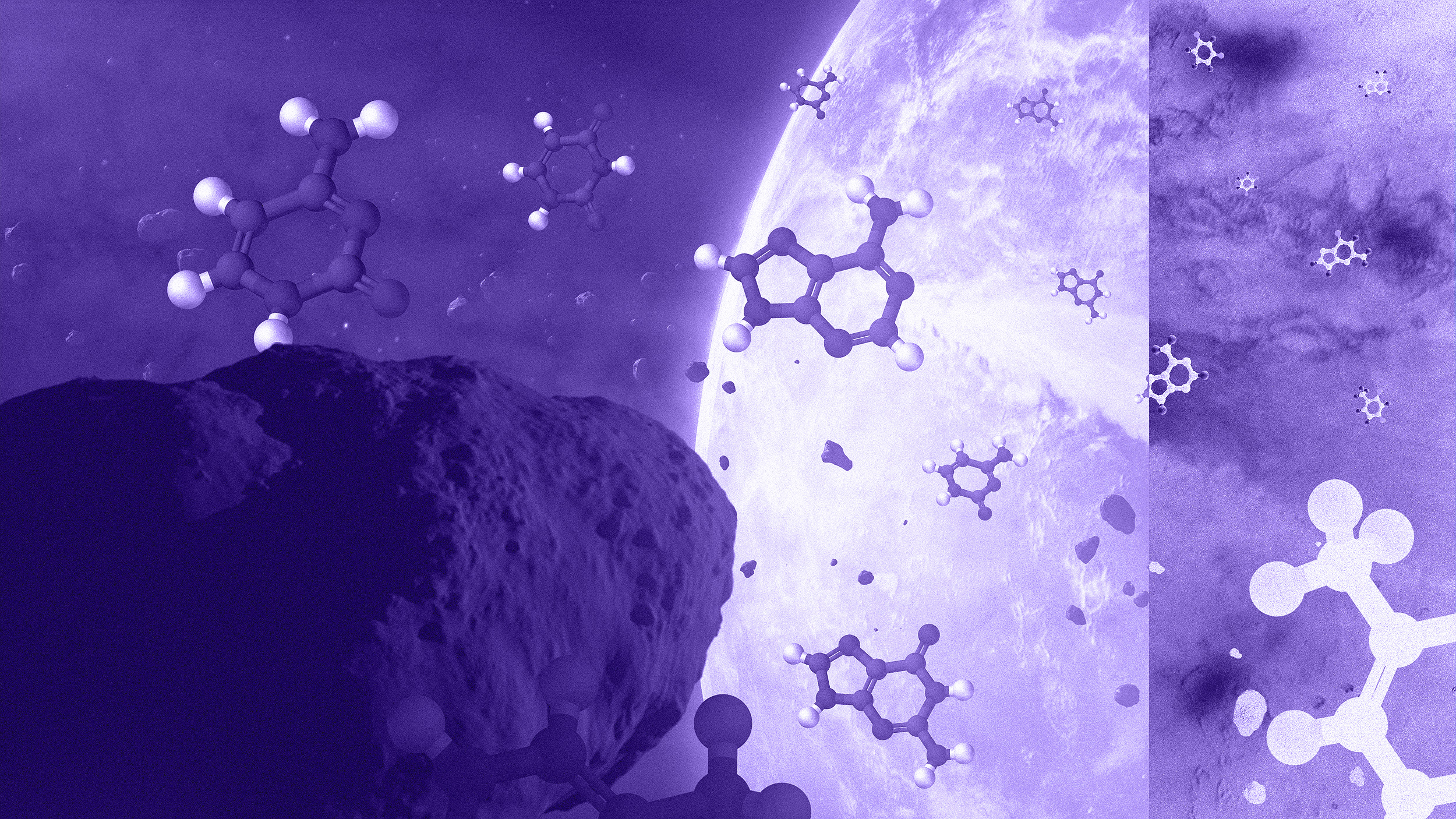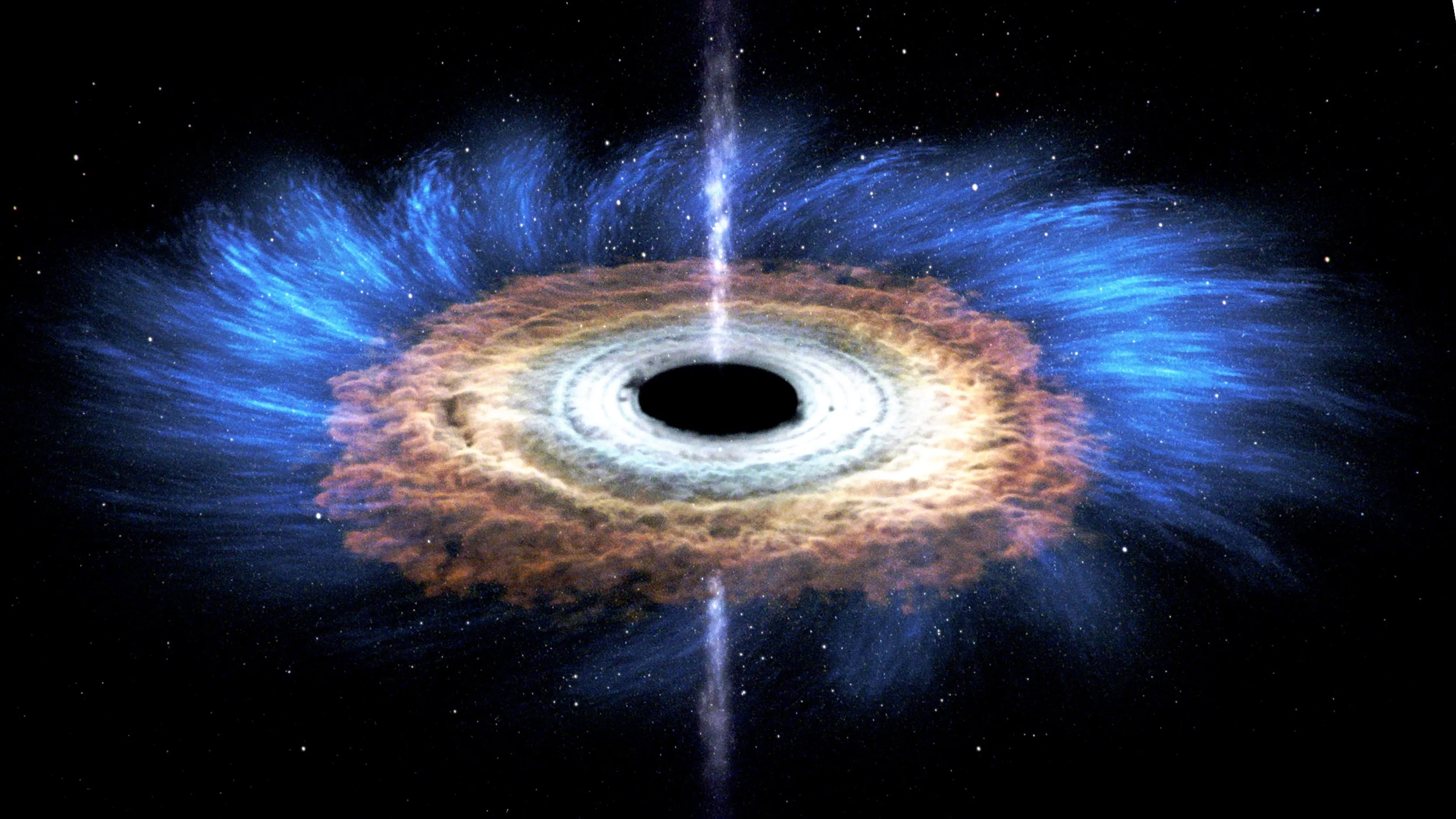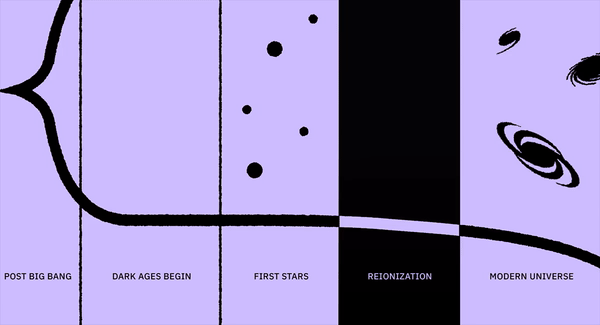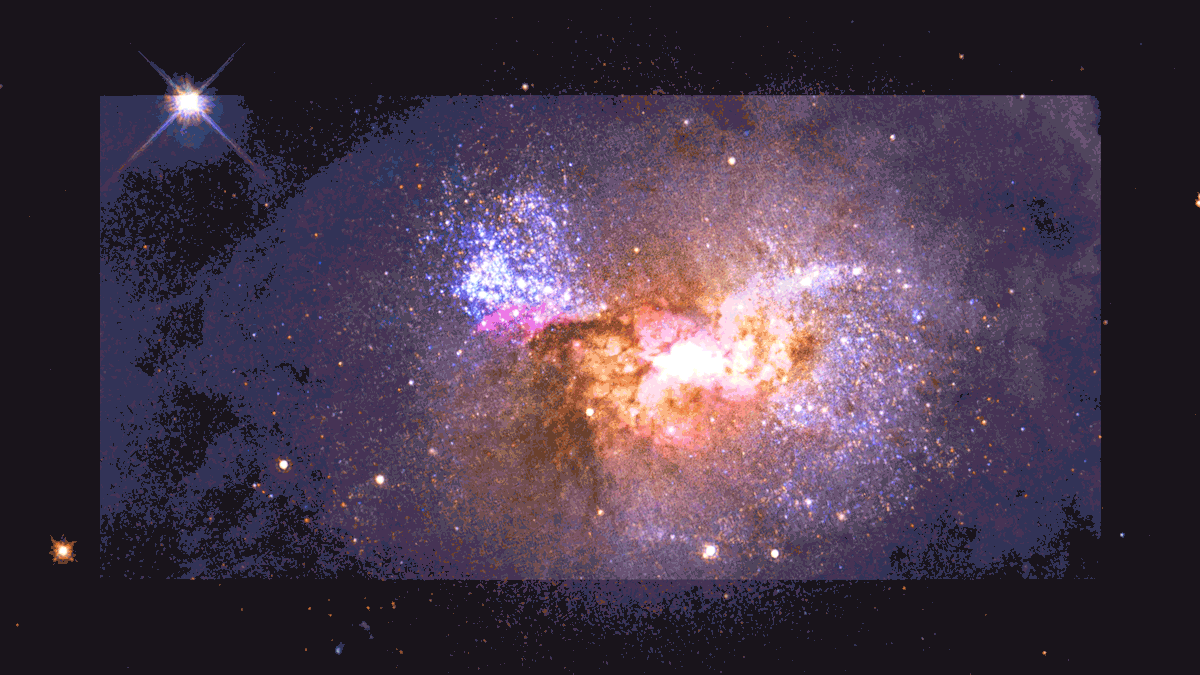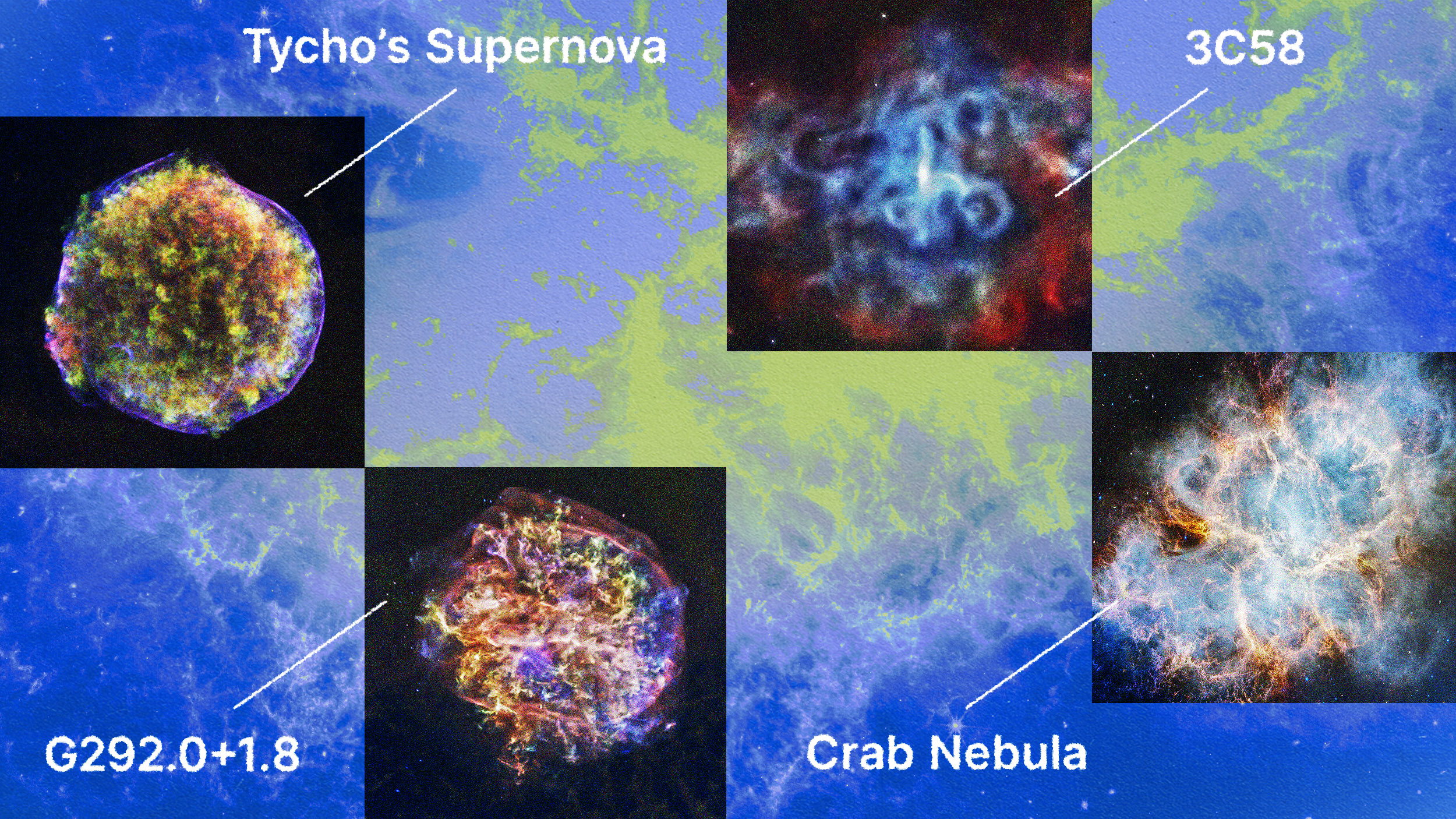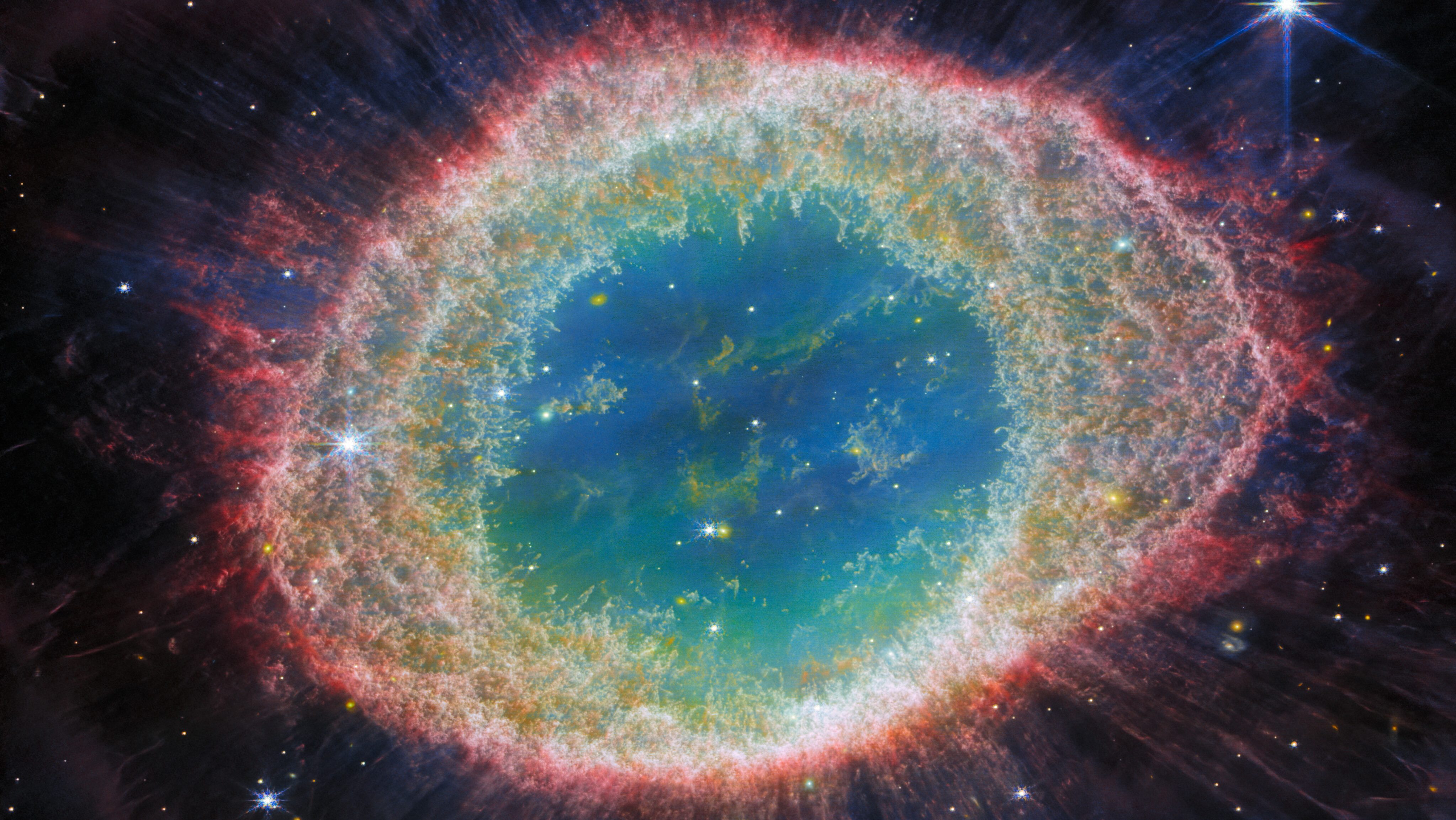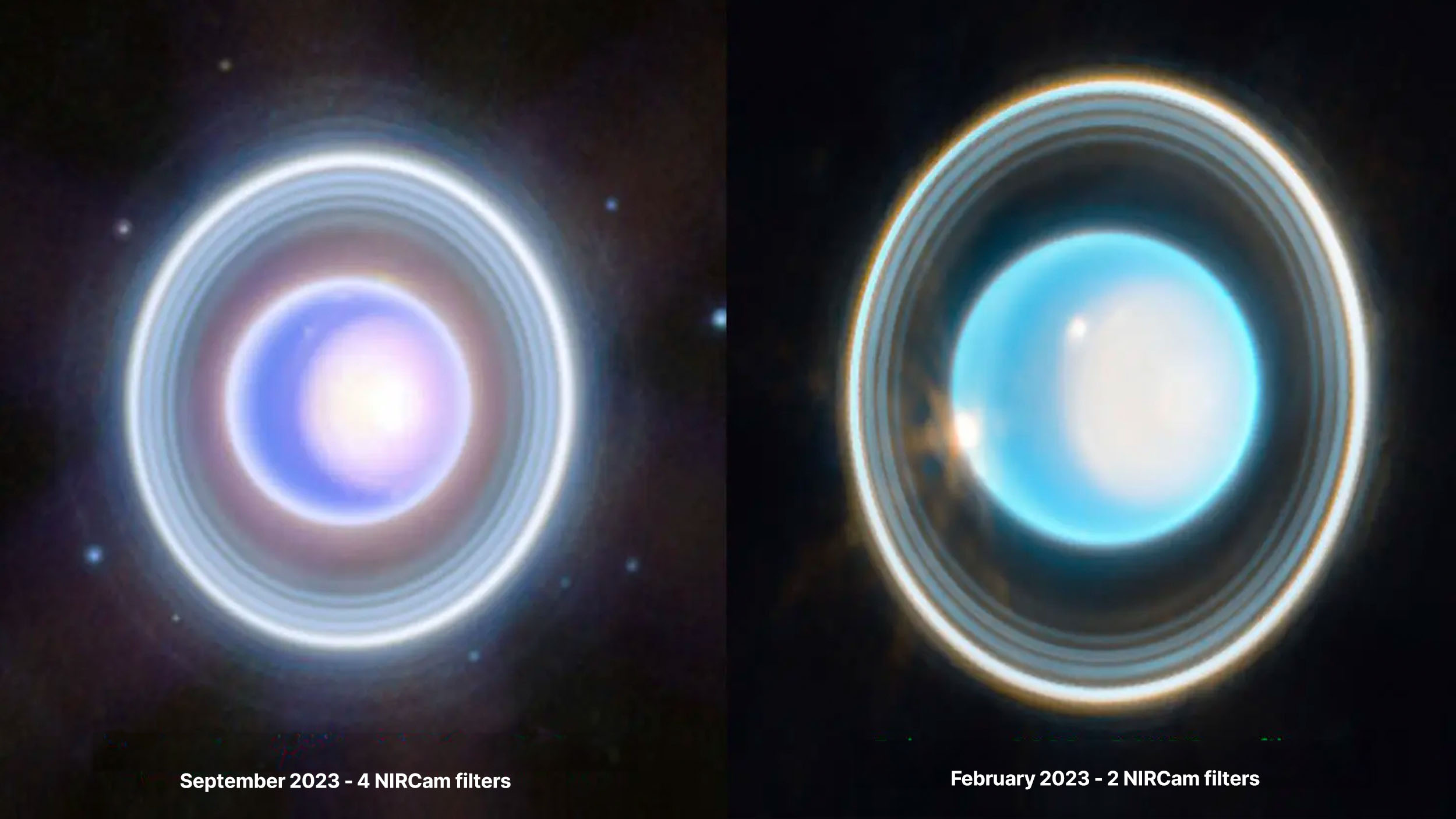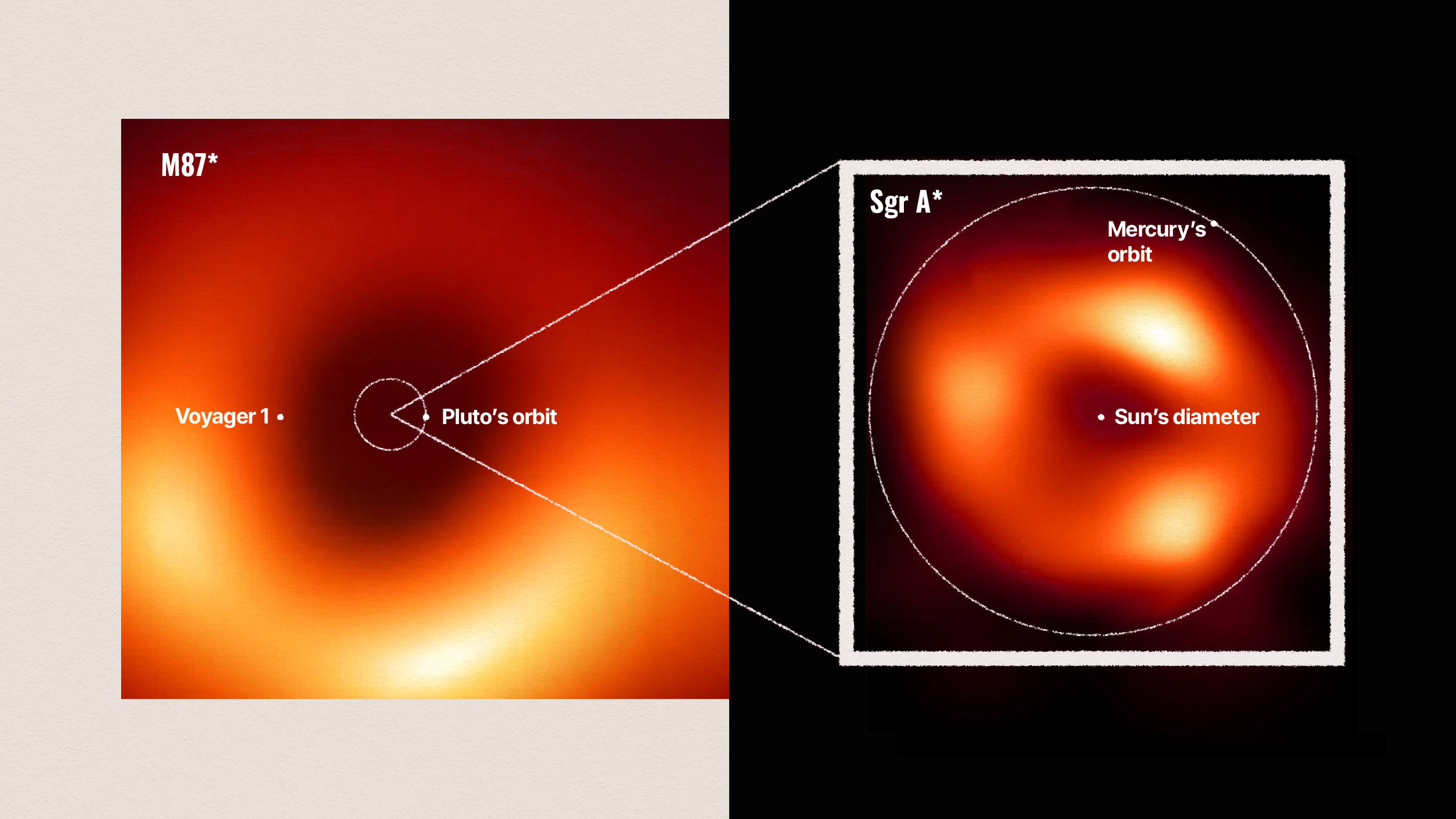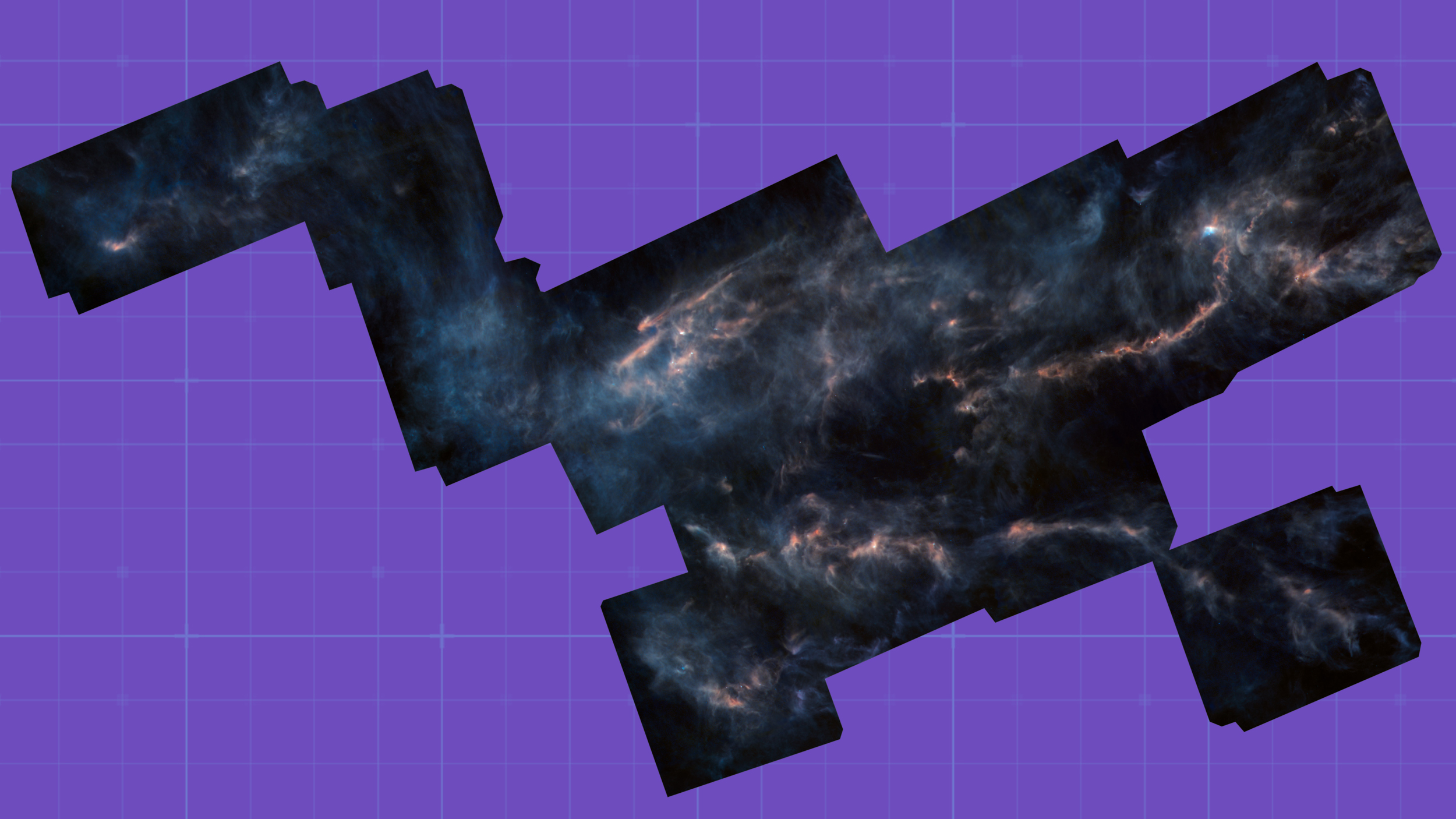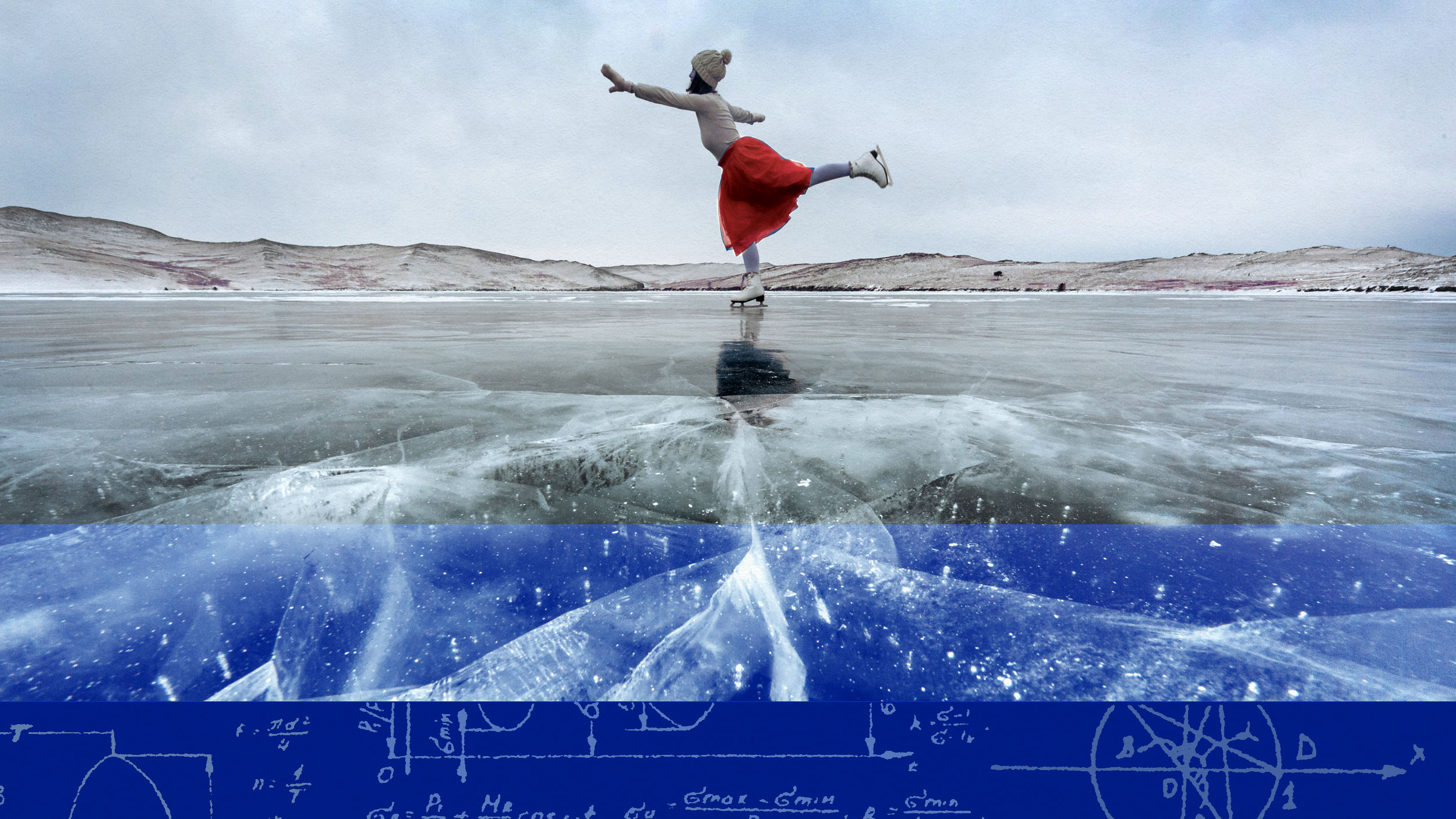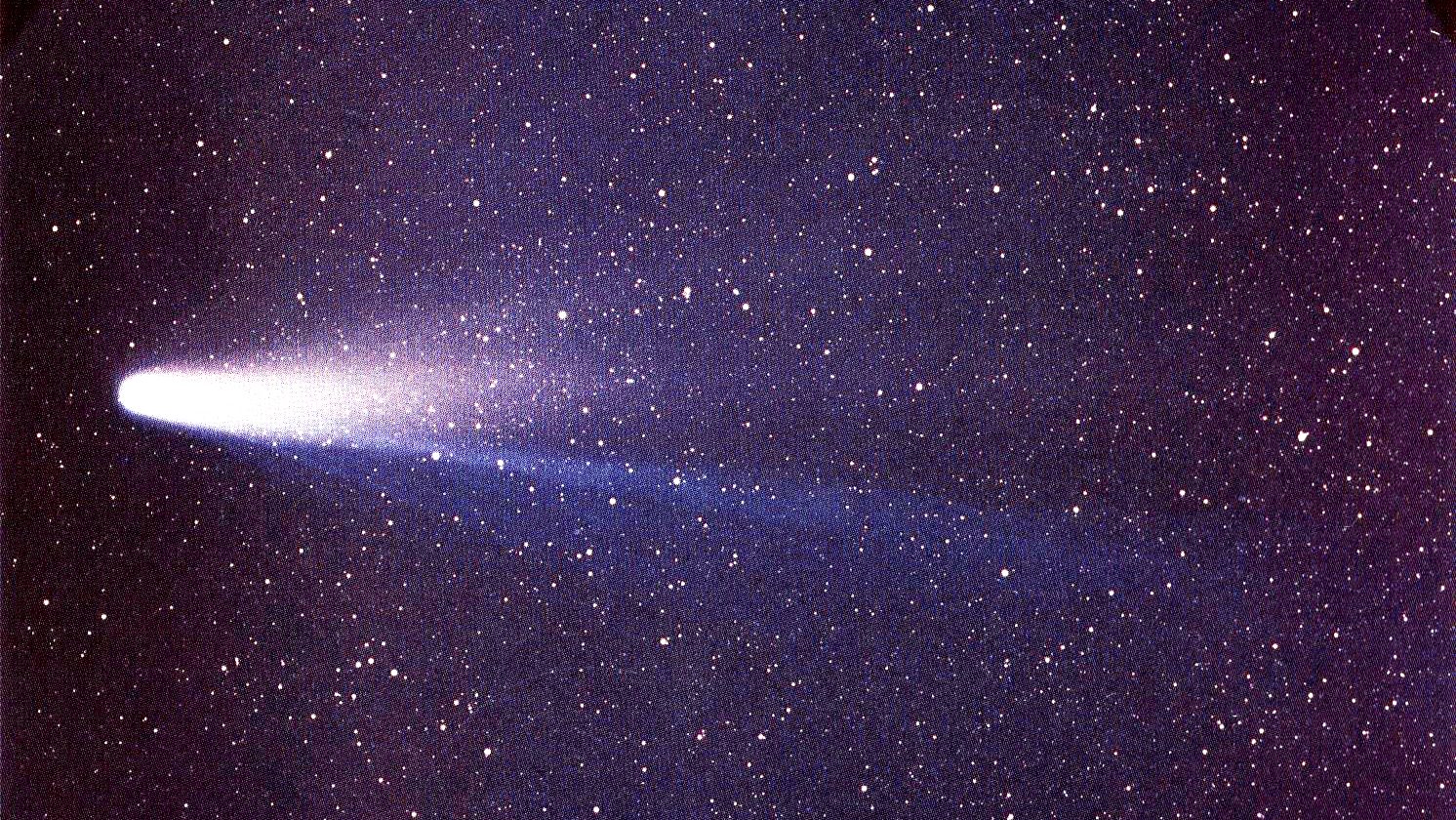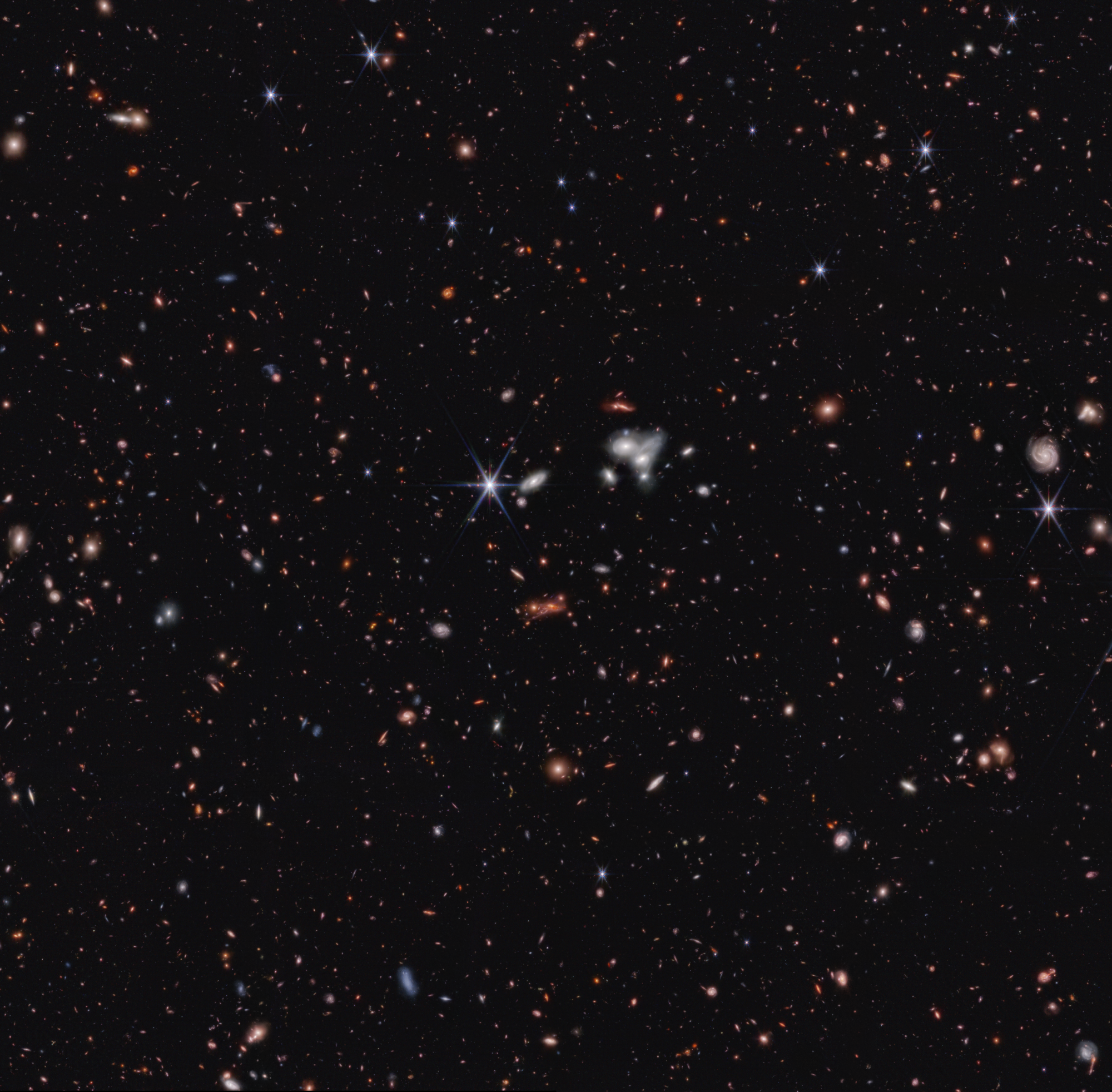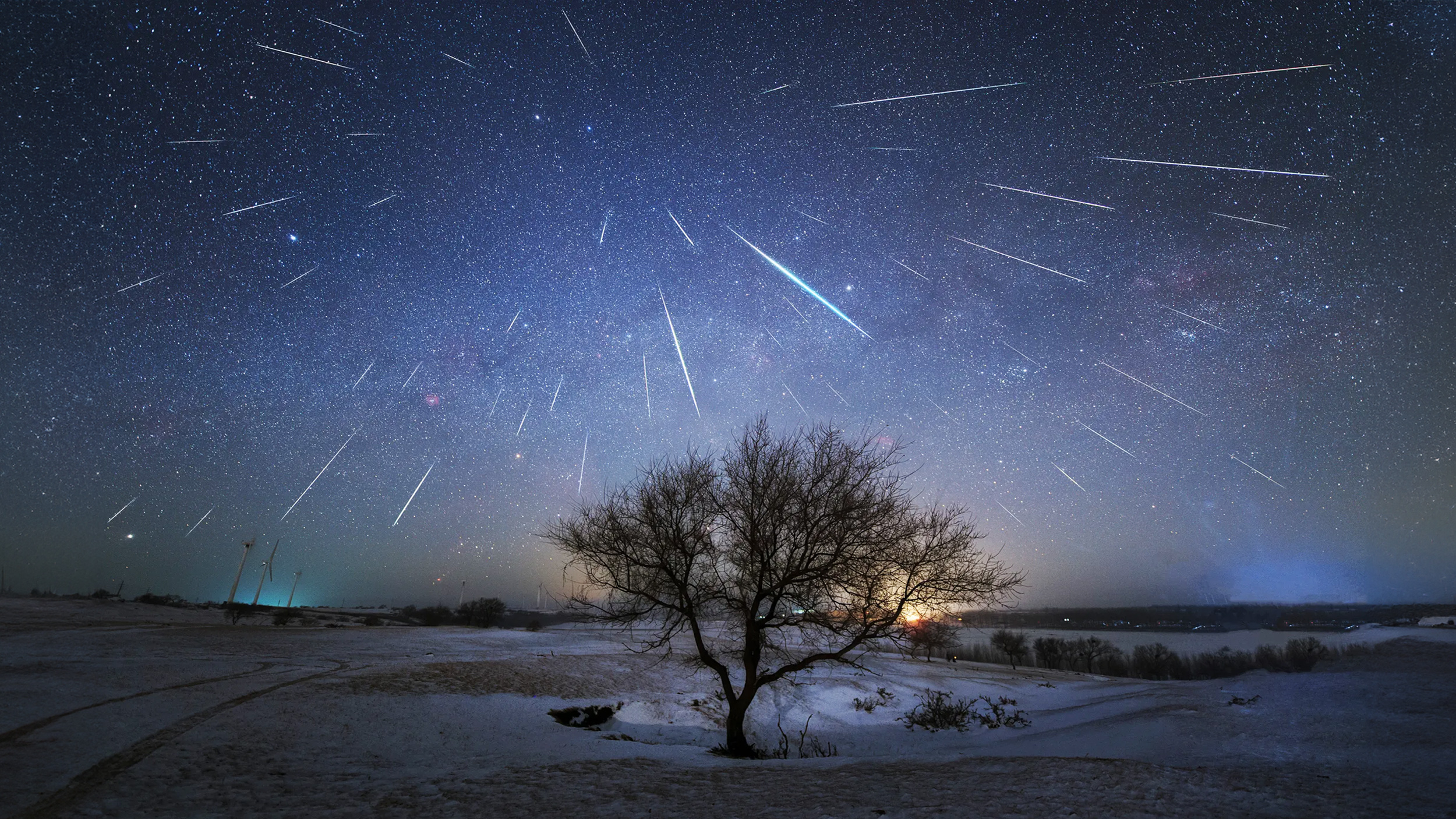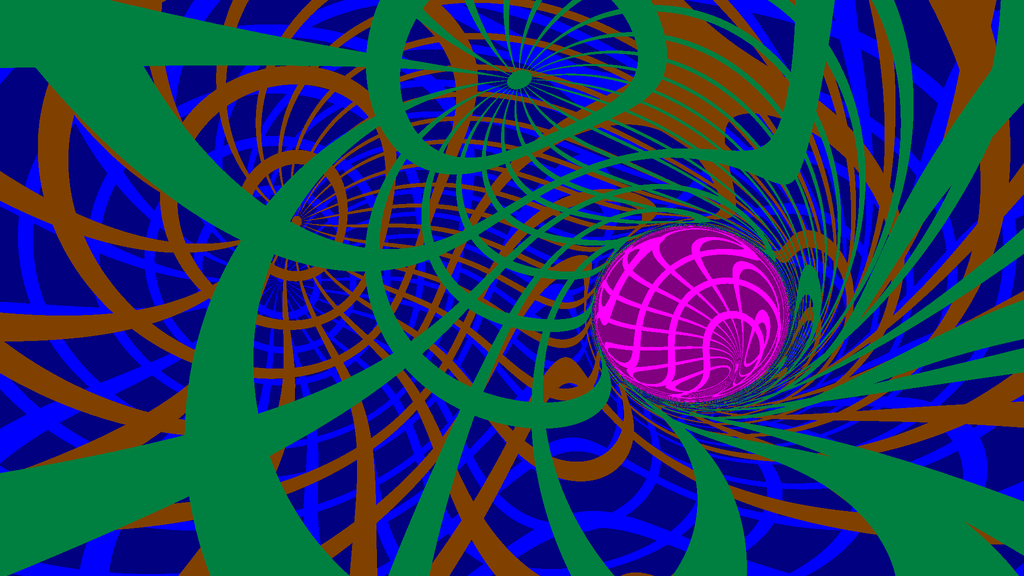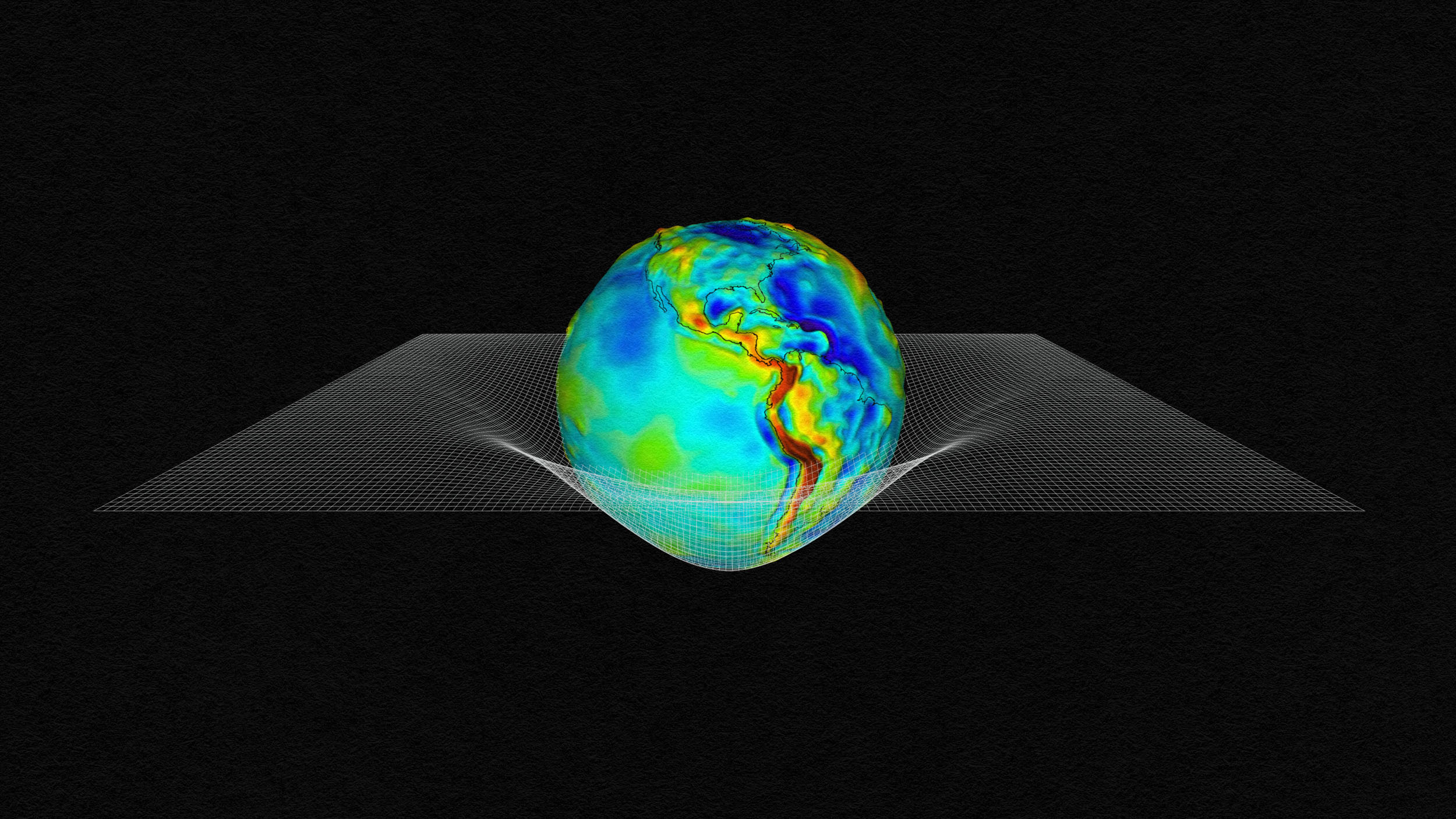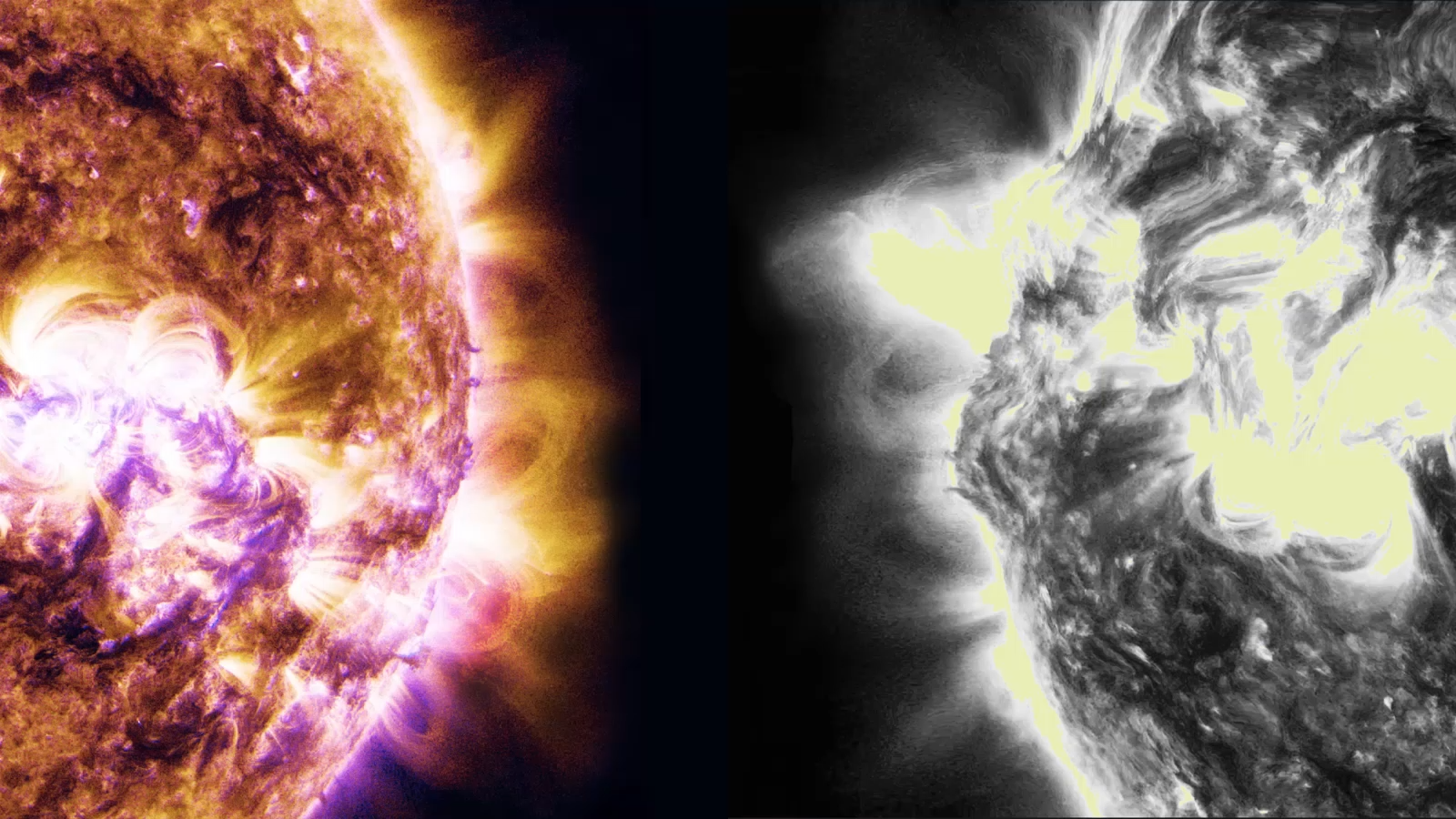Ethan Siegel
A theoretical astrophysicist and science writer, host of popular podcast “Starts with a Bang!”
Ethan Siegel is a Ph.D. astrophysicist and author of "Starts with a Bang!" He is a science communicator, who professes physics and astronomy at various colleges. He has won numerous awards for science writing since 2008 for his blog, including the award for best science blog by the Institute of Physics. His two books "Treknology: The Science of Star Trek from Tricorders to Warp Drive" and "Beyond the Galaxy: How humanity looked beyond our Milky Way and discovered the entire Universe" are available for purchase at Amazon. Follow him on Twitter @startswithabang.

Finding it at all was a happy accident. Examining it further may help unlock the secrets hiding within the earliest galaxies of all.
Each time you fold a piece of paper, you double the paper’s thickness. It doesn’t take all that long to even reach the Moon.
Here in the 21st century, quantum computing is quickly going from a dream to a reality. But what’s hype, and what’s actually true?
The cosmic scales governing the Universe are almost unbelievably large. What if we shrunk the Sun down to be just a grain of sand?
Figuring out the answer involved a prism, a pail of water, and a 50 year effort by the most famous father-son astronomer duo ever.
With the invention of the leap year, the Julian calendar was used worldwide for over 1500 years. Over time, it led only to catastrophe.
Today, the star-formation rate across the Universe is a mere trickle: just 3% of what it was at its peak. Here’s what it was like back then.
Earth wasn’t created until more than 9 billion years after the Big Bang. In some lucky places, life could have arisen almost right away.
As early as we’ve been able to identify them, the youngest galaxies seem to have large supermassive black holes. Here’s how they were made.
For 550 million years, neutral atoms blocked the light made in stars from traveling freely through the Universe. Here’s how it then changed.
Even after the first stars form, those overdense regions gravitationally attract matter and also merge. Here’s how they grow into galaxies.
The first stars in the Universe were made of pristine material: hydrogen and helium alone. Once they die, nothing escapes their pollution.
The first stars took tens or even hundreds of millions of years to form, and then died in the cosmic blink of an eye. Here’s how.
The Big Bang’s hot glow faded away after only a few million years, leaving the Universe dark until the first stars formed. Oh, the changes!
The Universe is an amazing place. Under the incredible, infrared gaze of JWST, it’s coming into focus better than ever before.
As Uranus approaches its solstice, its polar caps, rings, and moons come into their best focus ever under JWST’s watchful eye. See it now!
Misinformation was extremely popular in 2023, as bad science often made global headlines. Learn the truth behind these 10 dubious stories.
In our Universe, matter is made of particles, while antimatter is made of antiparticles. But sometimes, the physical lines get real blurry.
Atomic nuclei form in minutes. Atoms form in hundreds of thousands of years. But the “dark ages” rule thereafter, until stars finally form.
With any occupation comes a risk of health and safety hazards. When it comes to being Santa Claus, the challenges are unique.
While ice itself is slick, slippery, and difficult to navigate across under most circumstances, skaters easily glide across the ice.
On December 9, 2023, Halley’s Comet reached aphelion: its farthest point from the Sun. As it returns, here are 10 facts you should know.
Since JWST first glimpsed the Universe, we’ve entered a new era in understanding the earliest objects in the Universe. What have we learned?
For generations, physicists have been searching for a quantum theory of gravity. But what if gravity isn’t actually quantum at all?
The first elements in the Universe formed just minutes after the Big Bang, but it took hundreds of thousands of years before atoms formed.
Each December, the Geminid meteor shower puts on a show for skywatchers across Earth. With a new Moon at 2023’s peak, it’ll be outstanding!
The brilliant mind who discovered the spacetime solution for rotating black holes claims singularities don’t physically exist. Is he right?
Nearly half of all stars are born in binary systems, with the most massive ones dying the fastest. It’s not pretty for the “second” star.
In general relativity, matter and energy curve spacetime, which we experience as gravity. Why can’t there be an “antigravity” force?
In the early stages of the hot Big Bang, there were only free protons and neutrons: no atomic nuclei. How did the first elements form from them?
